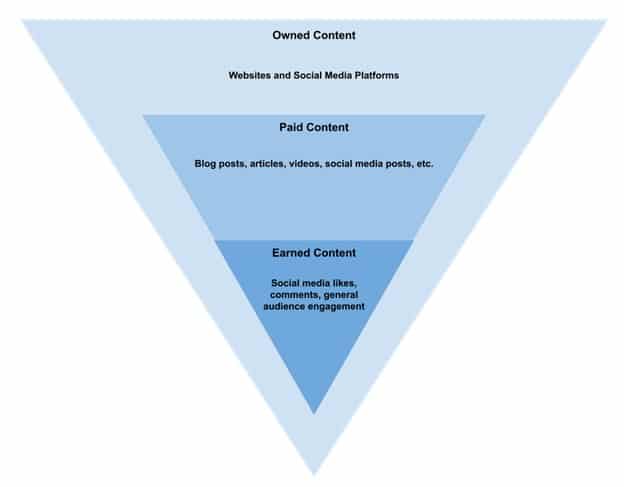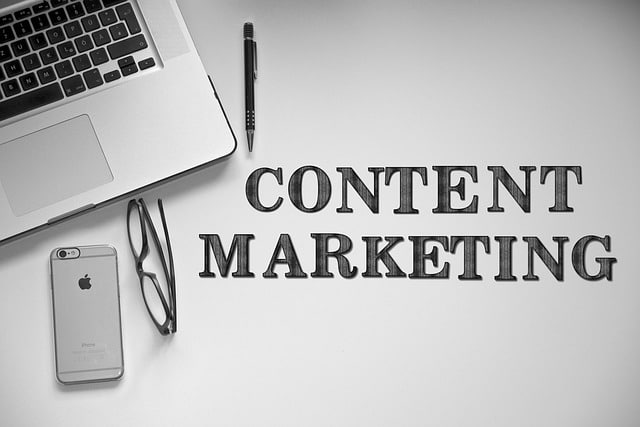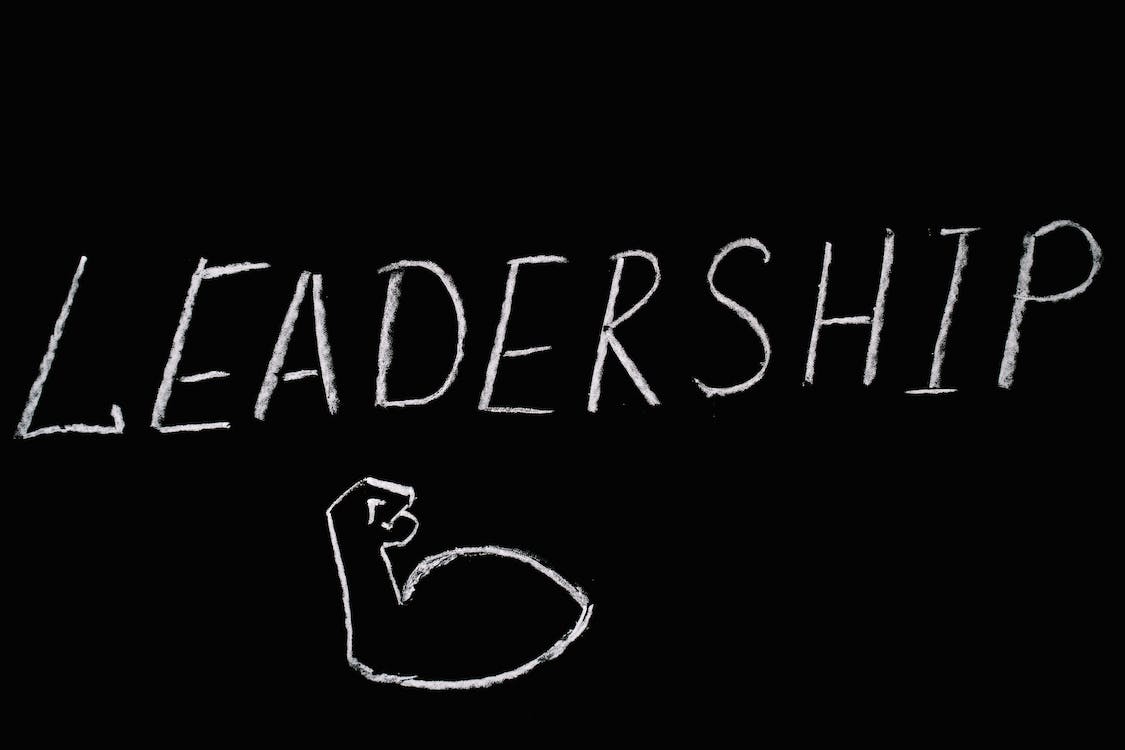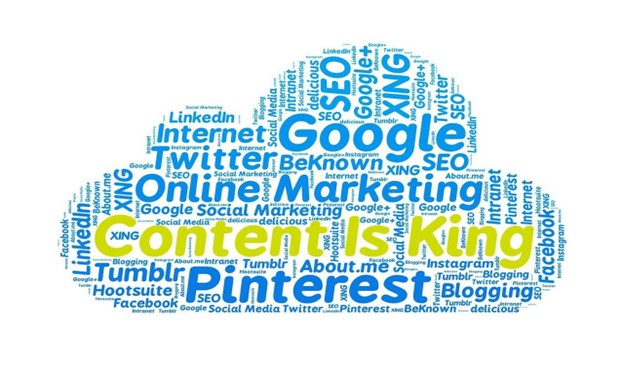
Owned, Paid, and Earned Content: What’s the difference?
OWNED, PAID, AND EARNED CONTENT: WHAT’S THE DIFFERENCE?
Content campaigns are a great way to attract new clients and raise brand awareness. However, not all online content can, or should, serve the same purpose.
Join us as we discuss the different categories of content and how to properly utilize them in your next content marketing plan.
The Three Types of Content
Content within your content marketing plan can be broken down into three categories: owned, paid, and earned.

Owned Content
Owned content consists of websites and social platforms. It might be a personal/business site, a blog, or an official LinkedIn, Facebook, X(Formerly Twitter), Instagram, or YouTube account.
Most, if not all, of your paid and earned content will reside under the umbrella of your owned content platforms, as these platforms are where you host everything for audiences to engage with.
Paid Content
Paid content consists of commissioned media created either in house or by contractors. It’s through publishing paid content on your various platforms that you generate earned content from audience engagement.
Paid content can take a myriad of forms, such as:
- Articles and blog posts
- Videos
- Podcasts
- Infographics
- Slide decks
- eBooks
- Whitepapers
- Email newsletters
Earned Content
Earned content consists of:
- Social media likes
- Comments
- Media coverage (such as reviews, official endorsements, etc.)
- General audience engagement
Given its nature, earned content is almost completely reactionary; you have the least control over it of these three categories. With this in mind, you should put every effort into tailoring your paid content to generate the desired response in your audience. What these efforts entail is up to you to research, though we’ll touch on some basic strategies in the next section.
How to Implement and Improve Owned, Paid, and Earned Content
Create or Review Your Content Marketing Plan
Now that we’ve established how the three categories differ, you should stop and consider how they each factor into your current content marketing plan, taking a top-down view of your owned content to your earned content and the flow between them.
If you don’t have a content marketing plan, you should start one immediately.
A content marketing plan serves as the skeleton for your marketing efforts, laying out which pieces of content will be published, where, and how often.
They’re an invaluable tool for keeping track of your overall content marketing campaign’s progress and give you a framework you can revise and improve on in the future based on the results.
Without a content marketing plan, your campaign will be effectively flying blind, which is just asking for easily avoided mistakes and misunderstandings.

Conduct Keyword Research
Keywords are derived from the terms and phrases your audience types into search engines when they’re looking for something specific. These might be something along the lines of:
- “Best ways to improve content marketing strategy”
- “Seafood near me New Orleans”
- “How to attract customers”
- “Vegan recipes using oatmeal”
- Etc.
We can pick out the keywords of each of these queries by focusing on the subjects and what the user wants to do with them:
- Content marketing strategy
- Seafood, New Orleans
- Attract customers
- Vegan recipes, oatmeal
The better you can align the keywords of your content marketing campaign with what your audience is typing into search engines, the more likely you are to rank high in their search results. This process as a whole is called Search Engine Optimization, or SEO.
SEO spells the difference between appearing on the sixth page of google and appearing on the first page. Keyword research is the first step to SEO, implementing the results into your content as much as you naturally can is the second.
Luckily you don’t have to figure out the keywords for your content marketing campaign manually. Tools like those produced by SEO provider Moz make the process far more hands off.
All you have to do is make a list of the key terms that will be recurrent in your campaign, type them into a keyword analysis tool, and make note of the monthly search volumes and difficulty rankings. A difficulty under 50 is considered moderately attainable, while a difficulty over 50 is more competitive and will require more effort from you.
Next, you should search for all the variants of your keywords and add these results to your list as well. You’re trying to cover all the possible ways a user might type these combinations of specific words into the search engine.
If you find yourself struggling to come up with variants, you may consider using AI such as ChatGPT or Google Bard to help. Simply ask them to think like your target audience (describe them to the AI; their core traits and what they’re looking for) and type in search terms for you.
After you’ve finished with the keyword analysis tools, its time to move to live testing. Type the keywords you’ve assembled into google and take note of the drop-down suggestions you get, as well as the first page results. Be sure to look through the “People also ask” section as well to identify other keywords or subject matter you might’ve missed.
The last step in keyword research is compiling all your data into a master list, and sort it to find the most viable keywords out of the bunch (those that both scored under 50 on the analyses and proved to bring up relevant results in your live testing). Google Sheets and Microsoft Excel are great programs for compiling and can also easily do the sorting if you have the technical know-how. If you don’t, you can instead type your list into an AI like ChatGPT and ask it to the do the sorting for you. Once it’s down, keep track of your keyword list for further analysis and updates.
Optimize Your Owned Content Platforms
Your platforms are the heart of your content marketing strategy. Figuring out how to effectively leverage them will determine your success or failure.

One of the easiest ways to improve your owned content platforms is to strive for better readability.
The more readable your sight is, the easier it is for your audience to parse what they’re looking for. And the easier you make it for your audience to engage with the platform your content lives on, the more likely they are to do so.
The inverse is also true: if you neglect readability and user experience, then your audience will likely click on your links, stay for maybe a few minutes, and then leave in frustration or annoyance.
Improving your site’s readability is a complex process with numerous variables to consider, far more than would fit in the length of this article. To find out more, please see this previous article on it. Also check out this post if you’d like to improve your website but need some assistance.
Create Paid Content That Sticks
Creating effective content is harder than it sounds. To summarize, there are three main points to remember:
- Find quality sources: Boring content is bad. Poorly sourced and misinformed content is many times worse. Do both yourself and your audience a favor by only relying on authors who are experts in the field or published by reputable organizations, that cite the sources of their information, and provide unbiased analyses.
- Choose the right outlets: Figure out which ones your audience uses the most, be it articles, social media, email, video, etc. and prioritize producing content for that channel.
- Tailor the length to your audience: This is tricky to get right and there’s no exact method to nailing it, but a good rule of thumb is to keep your content between 1500 to 3000 words.
Know Your Audience and Your Earned Content
You can’t do much to control your earned content aside from knowing your audience well and treating them right. There are two main points to this
The first is don’t make your paid content self-centered. Focus on your audience, their pain points, and how your product or services can alleviate said pain points. Remember that they care more about how your brand can help them, rather than about your brand itself; if your brand can’t help them, they’ll keep searching until they find one that can.
The second is to take the initiative to understand and engage with your audience. Doing so will help you both retain your current customers and acquire new ones.
Get to know your audience’s pain points, what they need and want, what problems they face. Be consistent with your publishing schedule, don’t keep them guessing when you’re going to drop the next piece of content.
And finally, make the effort to engage with your audience over social media and email, and encourage them to leave their honest thoughts via reviews and testimonials. These last measures are especially useful as they build both trust and brand loyalty.
Related Content
- 0 Comment
Subscribe to Newsletter
- How Can SharePoint Be Used To Organize and Disseminate SOPs?
- Planning the Perfect Genealogy Research Trip: A Step-by-Step Guide
- From Silly to Awesome: How Words Change Meaning Over Time
- The Psychology of Font Choice: How Typography Impacts Content Engagement
- How to Distribute SOPs for Maximum Usability







